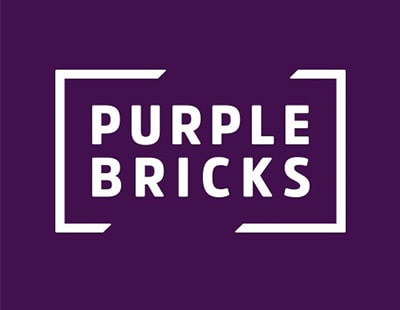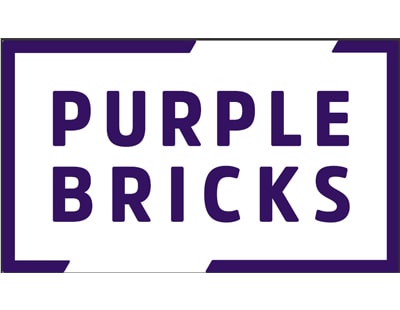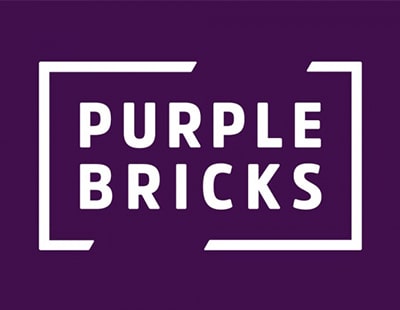The statement says: “The Board then agreed and implemented a number of process and control enhancements, including in the processes around timely registration of deposits, and provision of prescribed information and other information to tenants appropriately in light of their individual circumstances. The Company has also now concluded the process of ensuring that customers have been contacted with appropriate information.
“A provision of £2.8m for potential future claims which could arise under the Housing Act 2004, and for associated professional fees remained at 30 April 2022 after utilisation against professional fees in respect of third party advice and assurance and claims settled in FY22. This amount reflected estimates in respect of the rate at which current and former tenants will make claims, and the average level of payment made in respect of successful claims, including legal support costs.
“The ultimate level of financial exposure is dependent on the claim rate, the level of penalty applied in respect of successful claims and the future legal fees incurred to support claims management. To date, a low volume of claims has been experienced. However, we would note the significant period in which those affected are able to bring a claim.
“The provision is especially sensitive to the claim rates, which were assessed at 30 April 2022 at 9.9% for current tenants and 2.0% for former tenants. The board assesses that, absent any significant change in claim rates, or in other relevant circumstances, maintaining the provision at 31 October 2022 in line with the 30 April 2022 level balances the low level of claims incurred to date with the remaining risk in the current and former tenant populations, and reflects the best estimate of total potential future claims rate expected from the remaining population as at 31 October 2022.
“The Board has challenged and debated the process, key judgements and assumptions associated with the provision and is satisfied that it is appropriate, recognising the significant uncertainty and degree of estimation involved in calculating this provision.
“A 10% change in the claim rates, to 10.9% or to 8.9%, would increase or decrease the provision by £0.3m. The Directors assess that a reasonably possible range around claim rate and level of financial penalty applied in respect of successful claimants could result in the financial liability being in the range of £0.2m to £5.1m. Claims experience to date would indicate an outcome towards the lower end of the range. While the Board feel it is highly unlikely, a very high claim rate causing an outcome higher than £5.1m remains possible.”
Aside from this admission, the agency is coy about the size and potential of its lettings service, which some analysts believed may be closed following the multi-million pound costs of recovering from a compliance issue first identified about a year ago.
Instead, today’s trading statement says: “Our number one priority in lettings is to improve the customer experience and ensure we retain the landlords we have, as well as looking at how we scale this part of our business. We remain excited about the significant opportunity there is for Purplebricks in the lettings market and look forward to setting out the growth plans for lettings at full year results.”
Purplebricks’ half year figures show the agency making further losses and reveal £13m of cuts achieved in six months, with more to come.
Adjusted earnings before income, taxes depreciation and amortisation were £8.4m for the six months to the end of October this year - .that contrasts with a small £0.8m loss in the previous six months. It says instructions were “stable” at 21,205 but income has dipped by one per cent during the period.
A statement from the company says: “In August we set out plans to reduce the total annualised cost base by £13 million during Full Year. This was achieved principally through a reduction in marketing spend alongside a reduction in overall headcount. This has reduced the excessive overhead in our business, protecting our assets and leaving us leaner and healthier, ready for growth.
We have now moved to phase two of our cost cutting plan taking us from an annualised £13 million to £17 million annualised cost savings.”
On its controversial ‘Commisery’ advertising campaign, which returned to TV screens and advertising hoardings in October, the agency says: “Early indicators of its impact are very encouraging. Since the launch, our brand awareness has remained strong and our consideration score has increased by six percentage pionts. With a clearer understanding of where we will play, we have started to aggressively market out of home and on social channels in key cities. We are confident that through targeting customers who are within our core segments today, this density will drive organic growth and we will therefore adopt other customers outside of our typical segments.”
Chief executive Helena Marston tells shareholders: "The turnaround plan is working and is being delivered at pace, with the financial benefits starting to come through in the second half of the year. We have taken further steps to reduce our cost base, from an initial £13m of annualised savings to £17m, while also investing in our strategic priorities and increasing the efficiency of our field.
“Our plan to diversify revenue streams and build a more scalable, balanced business, with less reliance on instructions is gaining momentum. We launched our new mortgage proposition last month, five months ahead of plan, and are rapidly scaling our conveyancing services to the buyer segment of our customer base.
“Our plan to drive instructions is now underpinned by a better understanding of the areas where we know we can win and initiatives to drive profitability in each of them.
“We are ever mindful of the current economic environment. Our relevant, low-cost proposition, effectively communicated via our new marketing campaign, supports our customers and is especially attractive in these economically challenging times.
“I am confident that the progress we are making and the initiatives we are implementing to drive better performance in the field, together with the additional cost actions to ensure we are a leaner, more efficient organisation, underpin our full year expectations including a return to positive cash generation in early Full Year 24."















%20-%20IMAGE%20Client%20Accounting%20%E2%80%93%20what%20are%20your%20options.jpg)





Join the conversation
Jump to latest comment and add your reply
If the total potential claim from tenants was originally £30m, if they all knew their deposit had been registered late and decided to go after PB for 3 x the deposit, why would you only make an initial provision of £2.8m? Thats less than 10% of the potential problem?
How did they arrive at that figure, did they ring them all and ask their intentions? Assuming they didnt, albeit they did foolishly inform tenants of the error in the first place, it was clear they were kicking the bad news down the road with that provision last year and are doing so again now increasing it to £5.1m, albeit its sounds like they dont have a clue what it's likely to be. If I was a PB tenant though I would be making my claim for some free cash. Watch this provision slowly creep up as more claims are made.
There is a big difference between anticipated claim rate (the reliance upon most tenants doing nothing) and potential liability.
Please login to comment